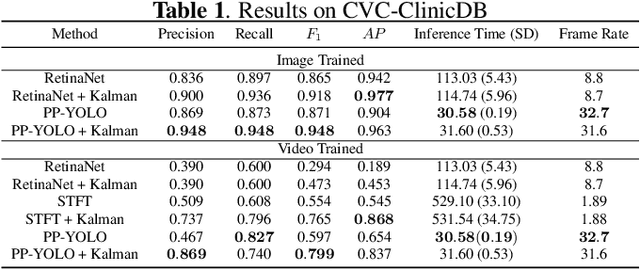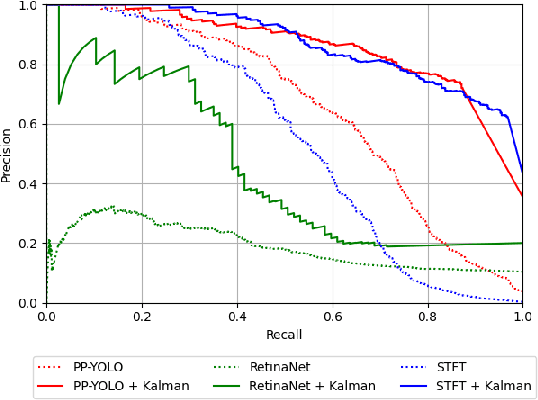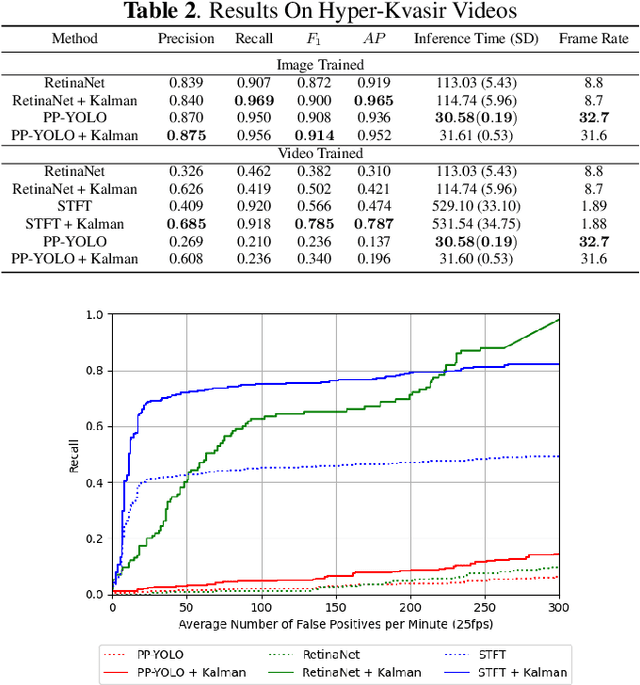David Butler
Real-Time Transmission of Uncompressed High-Definition Video Via A VCSEL-Based Optical Wireless Link With Ultra-Low Latency
Jul 31, 2025Abstract:Real-time transmission of high-resolution video signals in an uncompressed and unencrypted format requires an ultra-reliable and low-latency communications (URLLC) medium with high bandwidth to maintain the quality of experience (QoE) for users. We put forward the design and experimental demonstration of a high-performance laser-based optical wireless communication (OWC) system that enables high-definition (HD) video transmission with submillisecond latencies. The serial digital interface (SDI) output of a camera is used to transmit the live video stream over an optical wireless link by directly modulating the SDI signal on the intensity of a 940 nm vertical cavity surface emitting laser (VCSEL). The proposed SDI over light fidelity (LiFi) system corroborates error-free transmission of full HD (FHD) and 4K ultra-high-definition (UHD) resolutions at data rates of 2.97 Gb/s and 5.94 Gb/s, respectively, with a measured end-to-end latency of under 35 ns. Since SDI standards support various video formats and VCSELs are high-bandwidth and low-power devices, this presents a scalable and inexpensive solution for wireless connectivity between professional broadcast equipment using off-the-shelf SDI components.
Risk Estimation of Knee Osteoarthritis Progression via Predictive Multi-task Modelling from Efficient Diffusion Model using X-ray Images
Jun 17, 2025Abstract:Medical imaging plays a crucial role in assessing knee osteoarthritis (OA) risk by enabling early detection and disease monitoring. Recent machine learning methods have improved risk estimation (i.e., predicting the likelihood of disease progression) and predictive modelling (i.e., the forecasting of future outcomes based on current data) using medical images, but clinical adoption remains limited due to their lack of interpretability. Existing approaches that generate future images for risk estimation are complex and impractical. Additionally, previous methods fail to localize anatomical knee landmarks, limiting interpretability. We address these gaps with a new interpretable machine learning method to estimate the risk of knee OA progression via multi-task predictive modelling that classifies future knee OA severity and predicts anatomical knee landmarks from efficiently generated high-quality future images. Such image generation is achieved by leveraging a diffusion model in a class-conditioned latent space to forecast disease progression, offering a visual representation of how particular health conditions may evolve. Applied to the Osteoarthritis Initiative dataset, our approach improves the state-of-the-art (SOTA) by 2\%, achieving an AUC of 0.71 in predicting knee OA progression while offering ~9% faster inference time.
Human-AI Collaborative Multi-modal Multi-rater Learning for Endometriosis Diagnosis
Sep 03, 2024Abstract:Endometriosis, affecting about 10\% of individuals assigned female at birth, is challenging to diagnose and manage. Diagnosis typically involves the identification of various signs of the disease using either laparoscopic surgery or the analysis of T1/T2 MRI images, with the latter being quicker and cheaper but less accurate. A key diagnostic sign of endometriosis is the obliteration of the Pouch of Douglas (POD). However, even experienced clinicians struggle with accurately classifying POD obliteration from MRI images, which complicates the training of reliable AI models. In this paper, we introduce the \underline{H}uman-\underline{AI} \underline{Co}llaborative \underline{M}ulti-modal \underline{M}ulti-rater Learning (HAICOMM) methodology to address the challenge above. HAICOMM is the first method that explores three important aspects of this problem: 1) multi-rater learning to extract a cleaner label from the multiple ``noisy'' labels available per training sample; 2) multi-modal learning to leverage the presence of T1/T2 MRI images for training and testing; and 3) human-AI collaboration to build a system that leverages the predictions from clinicians and the AI model to provide more accurate classification than standalone clinicians and AI models. Presenting results on the multi-rater T1/T2 MRI endometriosis dataset that we collected to validate our methodology, the proposed HAICOMM model outperforms an ensemble of clinicians, noisy-label learning models, and multi-rater learning methods.
Distilling Missing Modality Knowledge from Ultrasound for Endometriosis Diagnosis with Magnetic Resonance Images
Jul 05, 2023


Abstract:Endometriosis is a common chronic gynecological disorder that has many characteristics, including the pouch of Douglas (POD) obliteration, which can be diagnosed using Transvaginal gynecological ultrasound (TVUS) scans and magnetic resonance imaging (MRI). TVUS and MRI are complementary non-invasive endometriosis diagnosis imaging techniques, but patients are usually not scanned using both modalities and, it is generally more challenging to detect POD obliteration from MRI than TVUS. To mitigate this classification imbalance, we propose in this paper a knowledge distillation training algorithm to improve the POD obliteration detection from MRI by leveraging the detection results from unpaired TVUS data. More specifically, our algorithm pre-trains a teacher model to detect POD obliteration from TVUS data, and it also pre-trains a student model with 3D masked auto-encoder using a large amount of unlabelled pelvic 3D MRI volumes. Next, we distill the knowledge from the teacher TVUS POD obliteration detector to train the student MRI model by minimizing a regression loss that approximates the output of the student to the teacher using unpaired TVUS and MRI data. Experimental results on our endometriosis dataset containing TVUS and MRI data demonstrate the effectiveness of our method to improve the POD detection accuracy from MRI.
In Defense of Kalman Filtering for Polyp Tracking from Colonoscopy Videos
Jan 27, 2022



Abstract:Real-time and robust automatic detection of polyps from colonoscopy videos are essential tasks to help improve the performance of doctors during this exam. The current focus of the field is on the development of accurate but inefficient detectors that will not enable a real-time application. We advocate that the field should instead focus on the development of simple and efficient detectors that an be combined with effective trackers to allow the implementation of real-time polyp detectors. In this paper, we propose a Kalman filtering tracker that can work together with powerful, but efficient detectors, enabling the implementation of real-time polyp detectors. In particular, we show that the combination of our Kalman filtering with the detector PP-YOLO shows state-of-the-art (SOTA) detection accuracy and real-time processing. More specifically, our approach has SOTA results on the CVC-ClinicDB dataset, with a recall of 0.740, precision of 0.869, $F_1$ score of 0.799, an average precision (AP) of 0.837, and can run in real time (i.e., 30 frames per second). We also evaluate our method on a subset of the Hyper-Kvasir annotated by our clinical collaborators, resulting in SOTA results, with a recall of 0.956, precision of 0.875, $F_1$ score of 0.914, AP of 0.952, and can run in real time.
 Add to Chrome
Add to Chrome Add to Firefox
Add to Firefox Add to Edge
Add to Edge